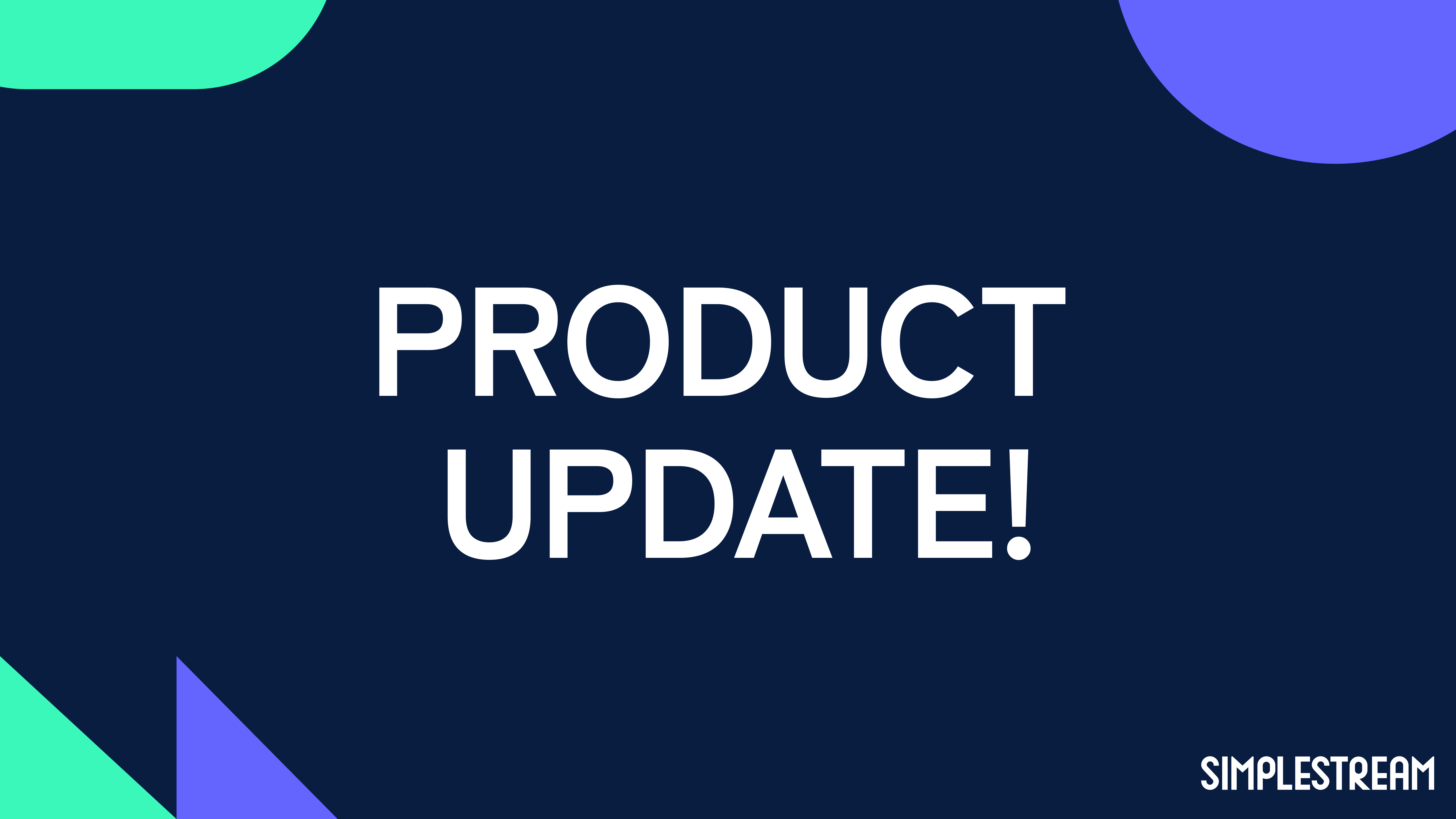Shoppable video content: go live in six easy steps
Shoppable videos have revolutionised the way we shop, allowing seamless purchases to be made, without leaving the original piece of content.
Imagine scrolling through your Instagram feed and encountering a captivating video from a prominent fashion brand. Suddenly, a tag appears, inviting you to shop the featured outfit. This is the essence of shoppable videos.
This article explores the concept of shoppable videos, delves into their benefits, and provides step-by-step guidance on creating your very own in 6 easy-to-follow steps.
What are the benefits of shoppable video?
Shoppable videos are a game-changer, capable of skyrocketing consumer engagement with their seamless product integration into visual content. However, they're not just a cool feature; they're a powerful tool for revenue generation. Moreover, they offer an interactive and immersive experience for viewers, keeping them engaged for longer periods by seamlessly integrating product information and purchase options into the video content.
Additionally, shoppable videos present content creators and brands with a new avenue for creating an additional stream of income beyond traditional advertising or sponsorship deals.
They streamline the shopping process by allowing viewers to discover and purchase products without leaving the video platform, which enhances the overall shopping experience and increases the likelihood of conversion. Notably, shoppable videos also provide valuable data insights and analytics, helping businesses understand consumer behaviour, preferences, and purchase patterns, thus enabling them to optimize their video content and marketing strategies for better results.
Top platforms for creating a shoppable video experience
Currently, a plethora of options exist for incorporating shoppable elements into video content.
Amazon Prime Video stands out as one of the most prominent platforms in this realm. Why, might you wonder? It seamlessly integrates shoppable elements that enable viewers to explore and purchase products directly from their favourite video content, effortlessly.
YouTube, the world's largest video-sharing platform, is equally impressive, as it allows creators and brands to directly link products or mobile optimised CTAs within videos and ads, providing a convenient shopping experience for viewers, and a new monetization channel for creators.
TikTok also deserves mention, mostly due to its introduction of TikTok Shop, which in only a few taps, allows users to discover and purchase products showcased by their favourite creators directly in their user feed, thus seamlessly blending entertainment with shopping.

Lastly, Instagram serves as a central hub for shoppable content, offering features like Shopping Tags and Shoppable Posts that facilitate product exploration and purchase directly within the app.

Your owned and operated platform
Despite the dominance of social media platforms and third-party video streaming services , there's a notable alternative for creating shoppable videos which is, setting up your own channel and retain the whole revenue generated by your video e-commerce service.
A prime example of this approach is Crafter’s Companion, which seamlessly integrates 'Shop the Show' technology into its owned and operated teleshopping channel, also syndicated on YouTube with catchup content services.
Whether a viewer is watching on computer, or mobile device they can also access the channel and enjoy a seamless shopping experience, making purchases directly from their screens – or in a matter of a few, simple steps – just as easily as they would be able to do via a shoppable video featured on a third-party platform. Additionally, owning and operating your own channel comes with its own perks, as it provides greater control over the content, branding, and customer experience, making it a superior method for implementing shoppable videos.

How to create a shoppable video?
- Choose the right platform: choosing the right platform is crucial when it comes to creating shoppable video content for global audiences. After all, you need an audience to engage with your content and drive conversions in real time. You also need to consider that different platforms attract distinct demographics and user behaviours. For example, Instagram tends to appeal to a younger audience with 85% of it’s user base being under 45 years old.
- Let the audience know they can interact: draw attention to the interactive elements within your shoppable video to ensure they are easily discoverable and clickable. Include a clear and compelling call-to-action (CTA) within your shoppable video that prompts viewers to engage with the interactive elements. Whether it's a text overlay, a voiceover, or a visual graphic, the CTA should encourage viewers to click on the shoppable elements to learn more or make a purchase.
- Focus on a few items: focusing on a few key items allows you to dedicate more attention and resources to showcasing each product effectively. This allows you to give each item its moment in the spotlight and increases the likelihood of engagement and conversion. Plus, this could also help you mitigate potential inventory issues. However, it's important to consider this suggestion within the context of your business infrastructure and inventory management capabilities. If you have robust systems in place, expanding your inventory may indeed be a viable strategy.
- Ensure links are 100% accurate: if the link leads to the wrong product or a broken page, it can erode trust and credibility, leaving a negative impression on your audience. When viewers click on a product link in your shoppable video, they expect to be taken directly to the corresponding product page where they can learn more and make a purchase.
- Optimise for mobile: mobile devices are in everyone’s pocket, and people carry them wherever they go. In fact, there are more mobile phones than people in the world. By optimizing your shoppable video for mobile, you ensure that it is accessible to a broader audience, regardless of their location or device. Whether viewers are commuting to work, waiting in line, or relaxing at home, they can easily access and engage with your video on their smartphones or tablets.
- Reinforce a sense of security: Showcase social proof, such as customer reviews, testimonials, and trust badges, to reinforce the reliability and foster trust in potential buyers. But don’t take our word for it, 2023 research has found that 79% of Generation Z (Gen Z) individuals express that trusting the brands they currently purchase or engage with holds greater significance compared to the past.
Conclusion
The rise of shoppable videos has completely transformed our online shopping game. With giants like Amazon Prime Video, YouTube, TikTok, and Instagram leading the pack, shopping straight from our favourite content has become an absolute breeze. But while social platforms offer convenience, if you're all about control and want to take your shoppable experience to the next level, owned and operated platforms are where it's at.
Why? Because, when you run the show on your own platform or teleshopping channel, you're the boss. You get to tailor the shopping experience to fit your brand perfectly, without any pesky interference from someone else's app. It's like having your own little kingdom, where you call all the shots. However, if you prefer managing a lighter workload and swerving too many set-up tasks, third party platforms like YouTube might align better with your shoppable video project. Ultimately, the decision comes down to what best suits the needs and objectives of your business, whether that involves assuming control on your proprietary platform or opting for a streamlined approach.
👉 Learn more: Shoppable video: The new frontier of retail and e-commerce


